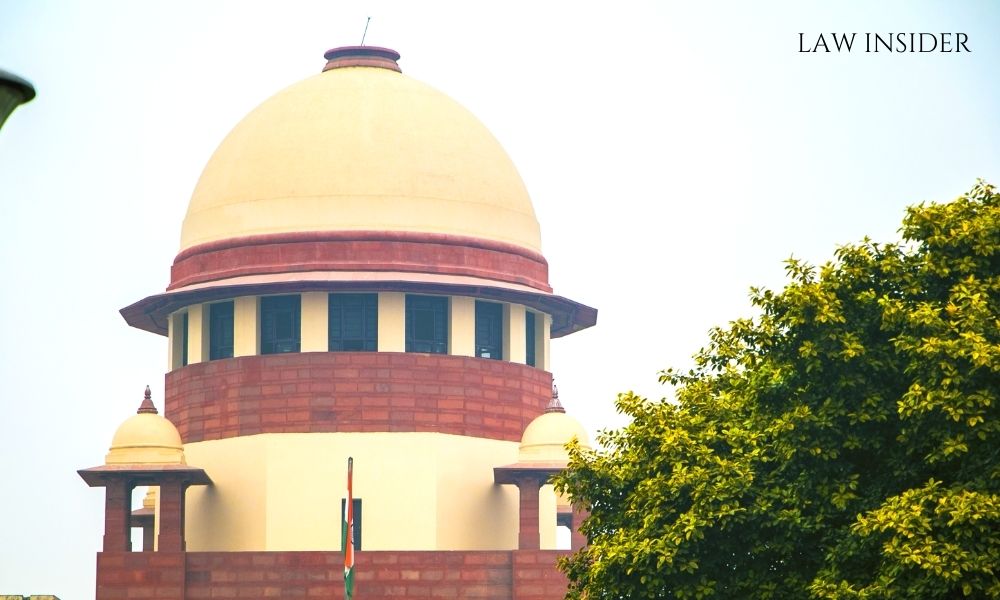LI Network
Published on: 21 September 2023 at 12:30 IST
The central government has informed the Supreme Court that there has been no statutory vacuum and that robust mechanism exists for regulating the content of private television channels.
In an affidavit submitted to the top court, the Ministry of Information and Broadcasting emphasized that the Union of India has consistently safeguarded journalistic freedom and encouraged self-restraint and self-regulation within the realm of journalism.
The government’s approach aims to ensure that media organizations and journalists recognize their crucial role and responsibilities toward society, thereby raising their standards of practice through self-imposed methods. This approach minimizes government interference in media operations, with government authorities becoming involved only in cases related to national security.
The affidavit stated, “There is no statutory vacuum insofar as the regulation of irresponsible reporting and grievance redressal mechanism for the viewers is concerned. It is respectfully submitted that the answering respondent has a robust mechanism of regulation of the content of private television channels as laid down under the Cable Television Networks (Regulation) Act and the rules framed thereunder.”
It further explained, “As such, the Central Government, since inception, has purposefully imposed self-restraint on itself and has adopted a regime of forbearance to promote a mechanism of self-regulation by media houses and journalists.”
The affidavit was filed in response to a petition by the News Broadcasters and Digital Association (NBDA) challenging the January 2021 observations made by the Bombay High Court. The Bombay High Court had asserted that media trials constituted contempt of court and urged the press not to exceed the proverbial “Lakshman Rekha.”
It was found that the coverage of actor Sushant Singh Rajput’s death case by some news channels to be “contemptuous” and concluded that existing self-regulatory mechanisms did not assume the character of a statutory mechanism.
Regarding this matter, the I&B Ministry clarified that its approach had been misinterpreted by voluntary federations like the News Broadcasters Association (NBA), now known as the News Broadcasters & Digital Association (NBDA).
These organizations insisted that instead of independent statutory regulations framed by the central government under the Cable Television Networks (Regulation) Act, the government should recognize them as the sole authority in the realm of news broadcasting.
The ministry added, “NBDA thus claimed a monopolistic right over the grievance redressal mechanism for the entire industry through its in-house self-regulatory mechanism.”
Additionally, the ministry informed the apex court that as of August 31, 2023, there are 394 registered and licensed news channels and 511 non-news channels, such as entertainment, sports, and devotional channels, under the central government’s uplinking and downlinking policy guidelines.
Regarding general entertainment channels, a major organization called the Indian Broadcasting Foundation (IBF) with 313 members (as of April 2023) has established a self-regulatory mechanism known as the Broadcasting Content Complaints Council (BCCC) to address complaints related to content telecast in this category. Justice (Retd.) Gita Mittal, former Chief Justice of the Jammu & Kashmir High Court, serves as the Chairman of the Broadcasting Content Complaints Council.

